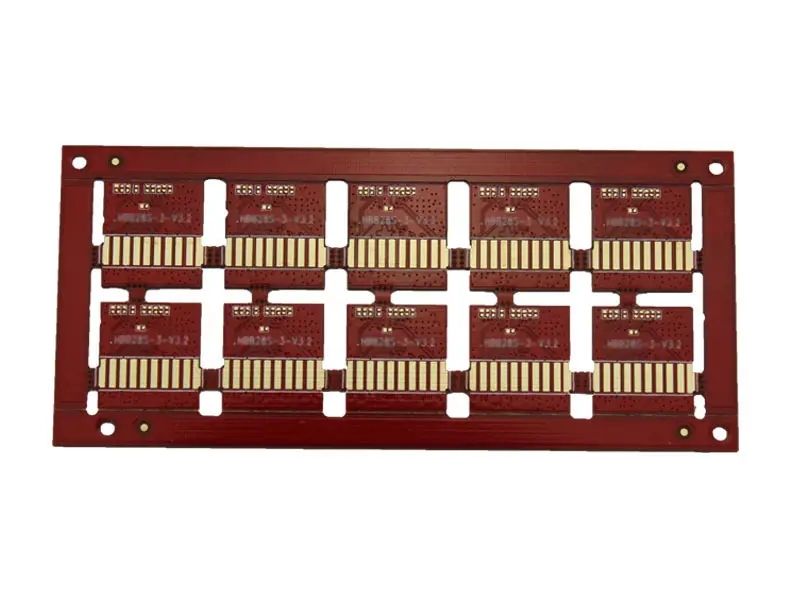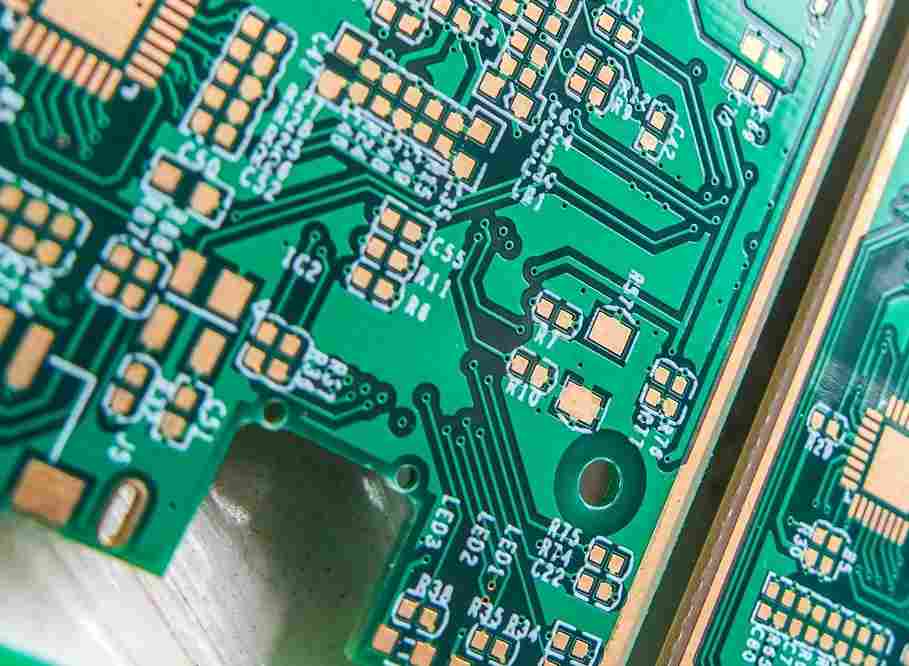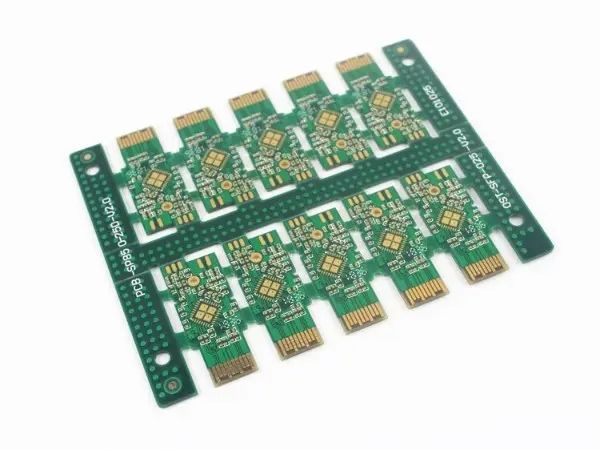
PCB engineers share their opinions on PCB design
The design of printed circuit board is based on the circuit schematic diagram to realize the functions required by the circuit designer. The design of printed circuit board mainly refers to layout design, which needs to consider the layout of external connections. The optimal layout of internal electronic components, the optimal layout of metal wiring and through-hole, electromagnetic protection, heat dissipation and other factors. Excellent layout design can save production costs and achieve good circuit performance and heat dissipation. Simple layout design can be realized by hand, while complex layout design needs to be realized by computer aided design (CAD)
Today, when the Turn Key mode is prevailing, chip manufacturers are doing a lot of work of hardware engineers in the past in advance. Now PCB design should be considered as the part of the hardware design of the whole system, in which hardware engineers participate most, spend the longest time and create the most original. As the carrier of hardware, PCB is becoming more and more important. Generally speaking, it is the largest "component" in the whole system, and also the only "component" of truly customized design. At the same time, it is also the most confusing field for hardware engineers in hardware design.

Hardware engineers need to consider many problems when designing PCB, such as signal quality, power integrity, EMC certification, high-speed design and DFM. And if you have a good PCB design, these problems will be solved.
A good PCB design, in addition to a good chip layout, is another key PCB routing design. For wiring, engineers generally refer to some design manuals. The design manual will generally tell you that: no arbitrary angle line is allowed for wiring, and 45 ° and 135 ° shall be taken as the standard; When two lines of the same network cross, do not cross into right angles and acute angles, and use 45 ° and 135 ° lines for transition; When a line crosses a right angle, do not use acute angles, but use right angles. In the high-frequency design, there are also special precautions, such as: the high-frequency signal wiring should avoid using 90 ° angle bending, should use smooth arc or 45 ° angle, and the high-frequency wiring should reduce the use of via connection; All signal wiring shall be far away from crystal oscillator circuit; Single continuous routing shall be adopted for high-frequency signal routing to avoid several sections of routing extending from one point.
The wiring angle is right angle, corner and arc, which is better. How different. For example, the problem of arc routing is that many customers in China now require arc routing. However, we found that arc routing is helpful for system design when it is above 10GHz, but it is not helpful when it is below 10GHz. Circuit board assembly, circuit board design, explanation of circuit board processing manufacturers, and the circuit board engineer share the miscellaneous talk about PCB circuit board design.









